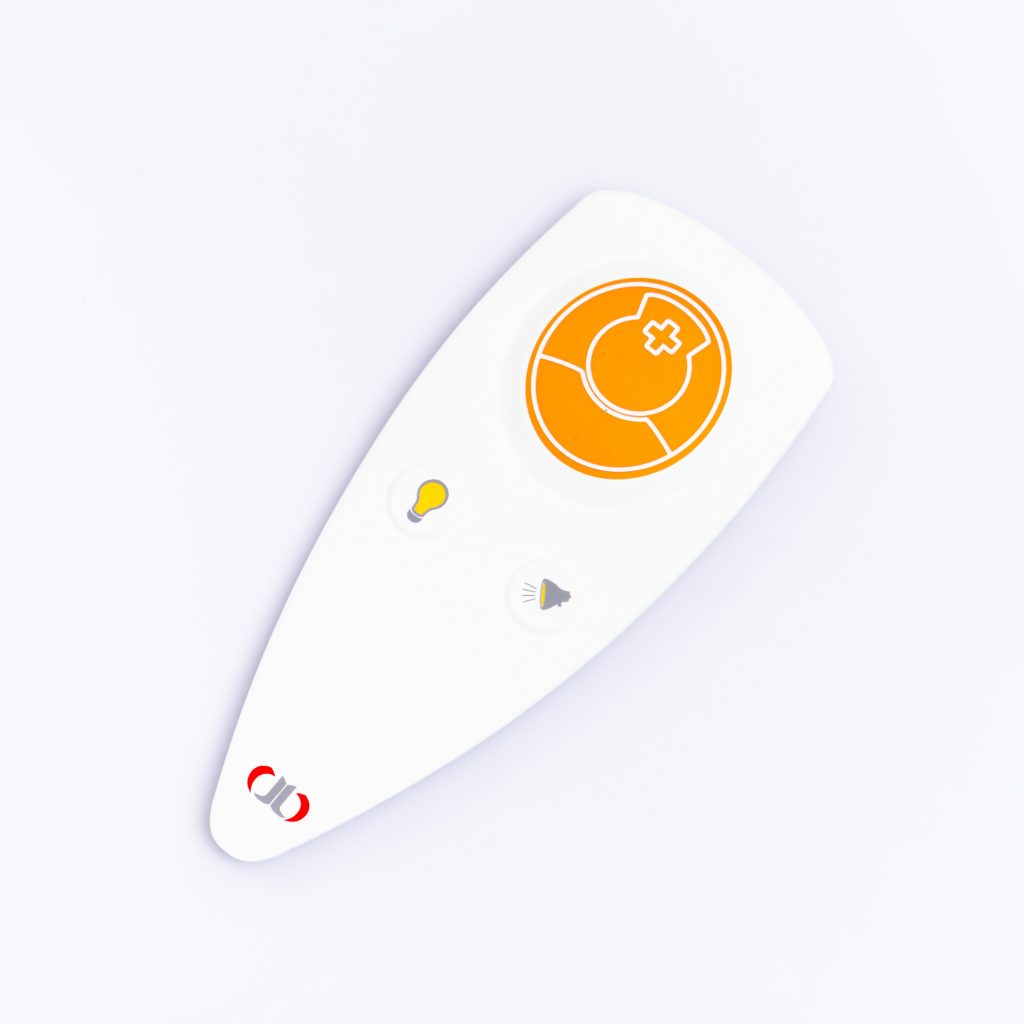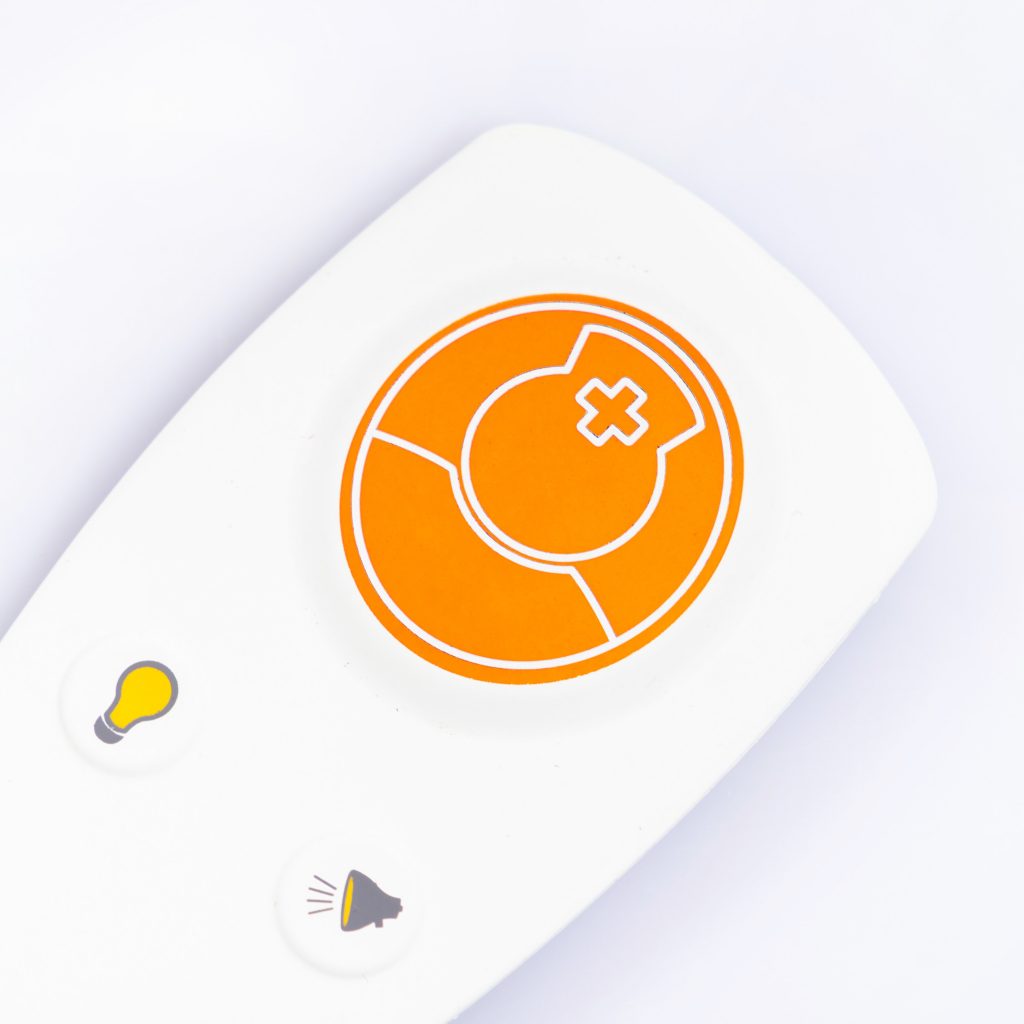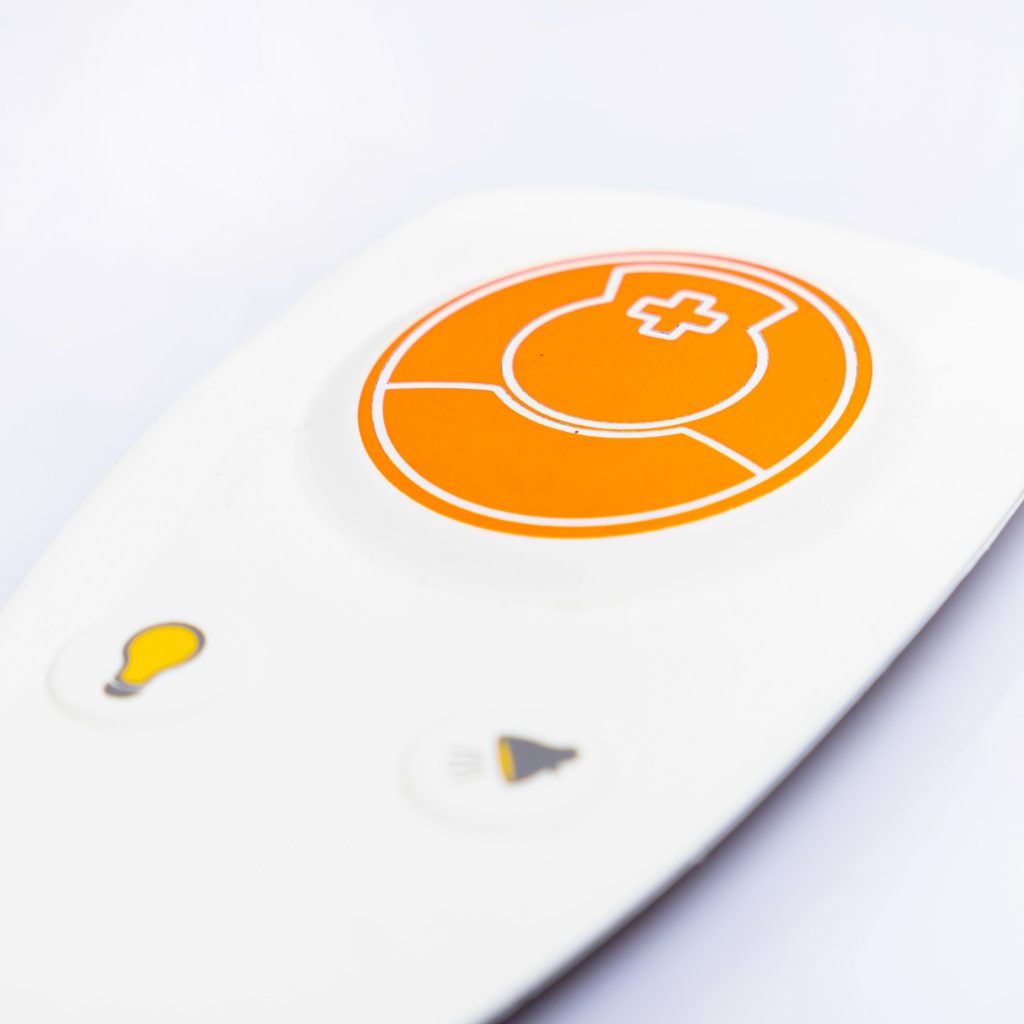Contact
Write to Us And We Would Be Happy to Advise You.
Do you have any questions, or would you like to speak directly with a representative?
By hqt
Have you ever wondered what goes on behind those ultra-clean, meticulously controlled environments known as cleanrooms? Or pondered about the technology that keeps them contaminant-free? In this delve, we’ll explore if cleanroom environment monitoring systems should adopt the backlight membrane switch and why.



A Cleanroom Environment Monitoring System (CEMS) is a vital tool in industries such as pharmaceuticals, semiconductors, and biotechnology. Its primary function? To ensure a contaminant-free environment.
Purpose of Cleanroom Monitoring The primary reason industries employ cleanrooms is to prevent contamination. Monitoring is essential for ensuring the set standards for particle counts, temperature, humidity, and other critical parameters are maintained.
Key Components Mainly, a CEMS comprises sensors, displays, and controls. The right interface is crucial for operators to interact seamlessly with the system. This brings us to a pertinent question: Should these systems adopt backlight membrane switches?
Backlight membrane switches are user-interface devices with an integrated light source. They’re especially useful in low-light conditions.
The Mechanics Behind It These switches work using a combination of thin layers of flexible materials and an embedded light source, usually LEDs. When pressed, the switch completes a circuit, activating the attached device.
Durability and Maintenance Backlight membrane switches have fewer movable parts than traditional switches, leading to less wear and tear and thus a longer lifespan.
Efficiency and User Experience With their tactile feedback and clear visibility, these switches boost efficiency. They also enhance the user’s interaction with the device, especially in dim conditions.
Cost Implications Though initially more expensive, in the long run, their durability can lead to cost savings.
Environmental Considerations While they offer numerous advantages, it’s essential to ensure that the backlight doesn’t affect the cleanroom’s environment. Using LEDs with the correct wavelength can mitigate this concern.
Overcoming Technical Barriers Training staff on the new system is paramount. Moreover, any technical glitches during installation can be tackled with proper support from the manufacturer.
Choosing backlight membrane switches for Cleanroom Environment Monitoring Systems can be a game-changer. By enhancing user experience, ensuring durability, and potentially offering cost benefits in the long run, these switches seem to be an excellent choice. However, as with all technology, proper implementation and training are key.
Do you have any questions, or would you like to speak directly with a representative?